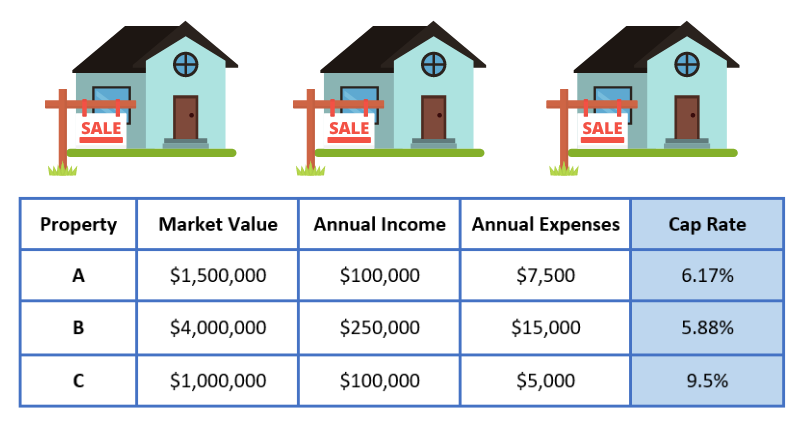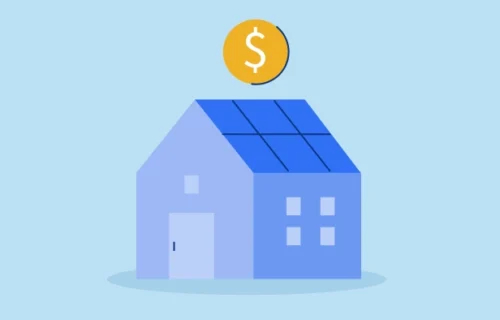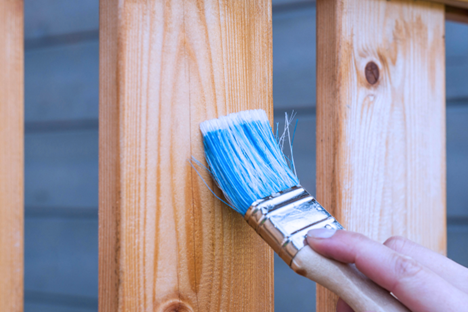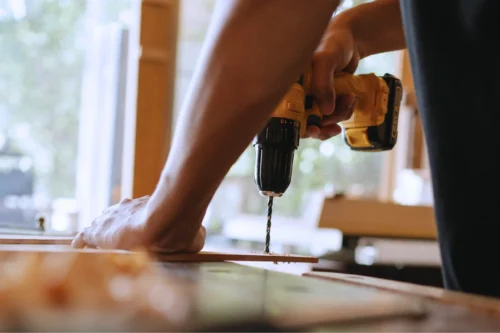
Connect with a Lima One expert today!
If you’d like to know more about this topic or see how it applies to your project, let’s talk.
Cap Rate Calculation Guide for Real Estate Investments
Calculating Capitalization Rate in Real Estate for Single-Family Residential Rental Properties
Two words can make or break an investor’s decision to buy their next SFR investment or rental property; cap rate. Cap rate, also known as the capitalization rate, is the perfect formula to determine the potential income for a single-family residential (SFR) rental property. Instead of looking at only the monthly and annual income the investment property will yield, cap rate takes a broader look at the costs and expenses that occurs with owning a rental property — and gives the investor a better sense of the overall quality of the investment.
In a recent article from realtor.com, Bruce Ailon, a realtor and attorney from Alpharetta, Georgia is tells us that, “Cap rate is both a measure that tells you how much you are earning on the investment and a proxy for determining the risk of an investment.”
Finding the real estate cap rate can be broken down into 3 simple steps.
1) Calculate the property's annual rent
Calculating the property’s gross annual rent is simply taking the rent your tenants pay you each month and multiplying it by twelve to get your gross annual rent. This is the rent you collect before subtracting annual expenses for managing the property.
2) Subtract the annual expenses
Once you’ve calculated your gross annual rent, you’ll need to subtract your annual expenses. These expenses include utilities, maintenance, and any repairs that are required. After you’ve subtracted your annual expenses you have your net annual income of the property.
3) Divide net income by purchase price or market value
Now that you know the amount of your net annual income from the property, you’re ready to calculate your real estate cap rate. To find the cap rate, you’ll need to divide the net income by the purchase price or current market value of the property.
Examples of How To Calculate Cap Rate in Real Estate
If a rental property is providing an investor a monthly rental income of $1,000 then the annual income will be $12,000. Pretty simple right?
The next step is to determine the property’s expenses and subtract that from the annual income. So let’s say that the example property we mentioned above has yearly expenses of $3,000.

What Is A Good Cap Rate for Real Estate Investments?
According to the same realtor.com article, most real estate investors look for cap rates in the 4-12% range, with 4% being the absolute minimum for a potential rental property. Any investment property with a cap rate lower than 4% has greater potential for a loss if there are unforeseen maintenance issues with the property or long periods without tenants living in the property. By staying in the 4-12% cap rate range, investors can better estimate their returns and choose properties that will provide increased confidence and less risk in their investment.
Lima One Capital is the nation’s premier lender for real estate investors. If you are a real estate investor and have questions about calculating cap rates, DSCR, leverage or estimating costs of value-add rehab for your investment properties, contact Lima One today. We make it easy to finance all of your fix-and-flip projects, rental properties, and multifamily investments. We are a national lender in 41 states and the District of Columbia.
Subscribe for More Insights
Get the latest industry news & Lima One updates.









